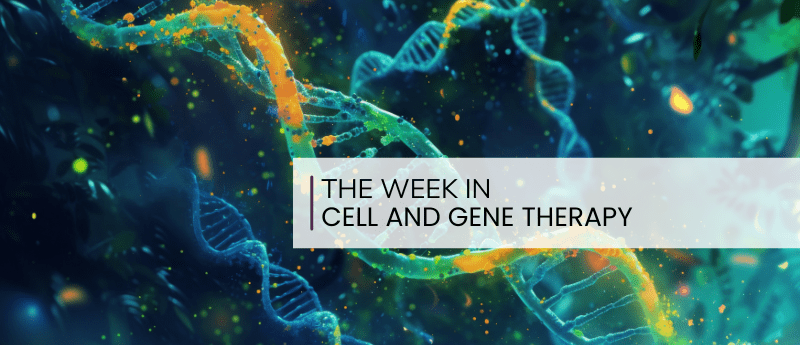Prioritizing Formulation Strategies for Temperature-Sensitive Biotherapeutics
Biopharmaceutical manufacturing largely involves biomolecules whose stability depends on temperature. Antibodies, insulin, and, more recently, messenger RNA (mRNA)-based vaccines are examples of biotherapeutics that require cold storage. This article explores the difficulties with developing stability-enhancing formulations for temperature-sensitive biomolecules and technology innovations that are enabling their formulation.
Factors that have been most challenging in developing formulations that enhance stability in temperature-sensitive biomolecules include buffer, pH, and sugar. These are usually the typical factors that need to be evaluated to thermodynamically stabilize monoclonal antibodies (mAbs), notes Joseph Cao, PhD, senior scientist, Analytical and Formulations Development, Bionova Scientific. He explains that there are different types of buffers, sugars, and a range of pH to choose from when developing a proper formulation for mAbs that will prevent aggregation, degradation (such as deamidation, oxidation), and particle formation. Besides those factors, amino acids, salts for ionic strength, and excipients are also important in developing a formulation recipe, he adds.
In addition, the limited amount of therapeutic protein to work with poses another challenge to formulation development. “With design of experiment (DoE), it has allowed us to cut the amount of protein and help us efficiently screen for factors,” Cao says. “Freeze-thaw cycles, container combability, and manufacturing impurities should also be considered during formulation development.”
Heonchang Lim, director, Formulation Development, Samsung Biologics, agrees that finding the ideal range of pH and buffer conditions while selecting the optimal formulation condition to get a good thermal stability property are primary factors that challenge formulation development in these molecules. However, he notes, the thermal stability problem can mostly be solved by using optimal pH buffer and excipient combination.
“Nowadays, we bump into another challenge to develop an optimal formulation condition. That is regarding solubility and hydrophobicity of the molecule. Though clients would prefer higher concentrations, when taking unique characteristics of molecules into consideration, formulation scientists cannot always get high enough concentrations. In addition, pH shift may occur due to the Donnan effect,” Lim says. “Consequently, when a client requests a highly concentrated formulation, particularly above 100 mg/mL, [the] formulation team at Samsung Biologics implements rigorous gate checks to prevent such challenges from arising during formulation stages.”
visit: toppharmaceutical.org
Get Connected Here
------------------------------
------------------------------



Comments
Post a Comment